Obol
View All Tags
In the Greek world, the obol was the smallest unit of currency in daily transactions, worth one-sixth of a drachm, the larger, more commonly used coin. In practice, it was often used for smaller purchases or as a unit for measuring wealth in conjunction with other coins. Its relatively low value made it ideal for smaller transactions, such as buying simple goods or paying for services. In everyday life, an individual might need several obols to make up the price of more substantial items or for larger payments.
The obol also had significant symbolic and religious value. One of its most famous uses was in connection with funerary practices, particularly in the custom of paying the ferryman Charon for passage across the River Styx, which was believed to lead the souls of the dead to the afterlife. The obol was placed in the mouths of the deceased as payment for this journey, ensuring that they could reach the afterlife.
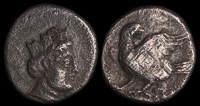
Alexandria Eschate 285-280 BCE
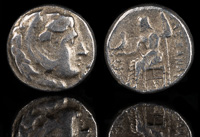
Aspesias 316-311 BCE
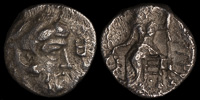
Bambye-Manbog 330 BCE
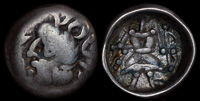
Dahae of Khorezmia 250-130 BCE

Delayah 375-333 BCE
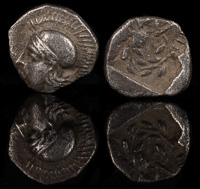
Elaia, Aiolis 350-320 BCE
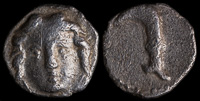
Etenna, Pisidia 250 BCE
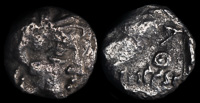
Hananiyah 375-333 BCE
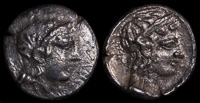
Holmoi, Cilicia 375 BCE

Jeroboam 375-333 BCE
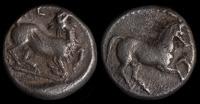
Kelenderis, Cilicia 350 BCE
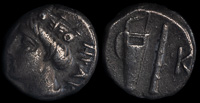
Klearchos 364-352 BCE
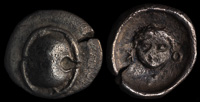
Koroneia, Boeotia 400-350 BCE
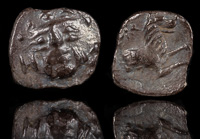
Laranda (Lykaonia) 324/323 BCE
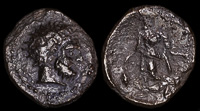
Mallos, Cilicia 4th century BCE
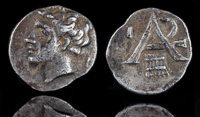
Megalopolis 320-275 BCE

Mykalessos, Boeotia 400-375 BCE
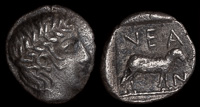
Neandria, Troas 350 BCE
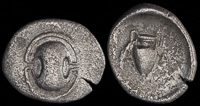
Pharai, Boeotia ca 4th century BCE
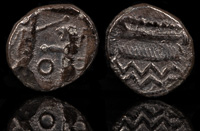
Samaria 375-333 BCE
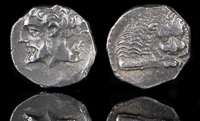
Samaria 375-333 BCE

Samaria 375-333 BCE
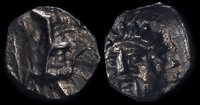
Samaria 375-333 BCE

Sanballat 375-333 BCE

Saratokos 407-369 BCE
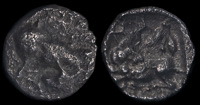
Shelamyah 375-333 BCE
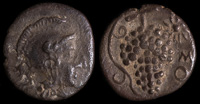
Soloi, Cilicia 400-350 BCE
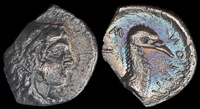
Stymphalos, Arkadia 350-345 BCE
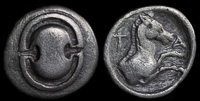
Tanagra, Boeotia 4th century BCE
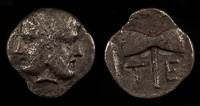
Tenedos, Troas 450-387 BCE
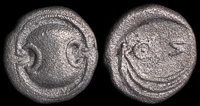
Thespiai, Boeotia 390-350 BCE
